There are the extraordinary sleek sports cars, the ornate saloons and coupes. There are the Austin 7s built under licence, the bubble cars, and the two-stroke screamers. There is the most desirable series of sporting saloons of the post World War Two era, die Neue Klasse. As longtime automotive journalist Ken Gross once wrote: “BMW has had more marketing lives that the proverbial cat…”
Munich management could never be accused of not having a clear idea what it was trying to achieve, even if war, management U-turns, and takeover attempts got in the way. Despite heavy losses in those early postwar years, as well as American Motors, the Rootes Group, and even Daimler-Benz making overtures to take over the Munich engine works, the firm survived. But it was 1957 before Heinrich Richter-Brohm was finally able to describe the 1.6-litre four-door saloon that could be stretched into a variety of different-sized models, with a variety of engines – and future-proofed as well. Fortunately, the Quandt brothers, Herbert and Harald, kept faith and gave what was known as ‘the family-car project’ their backing.

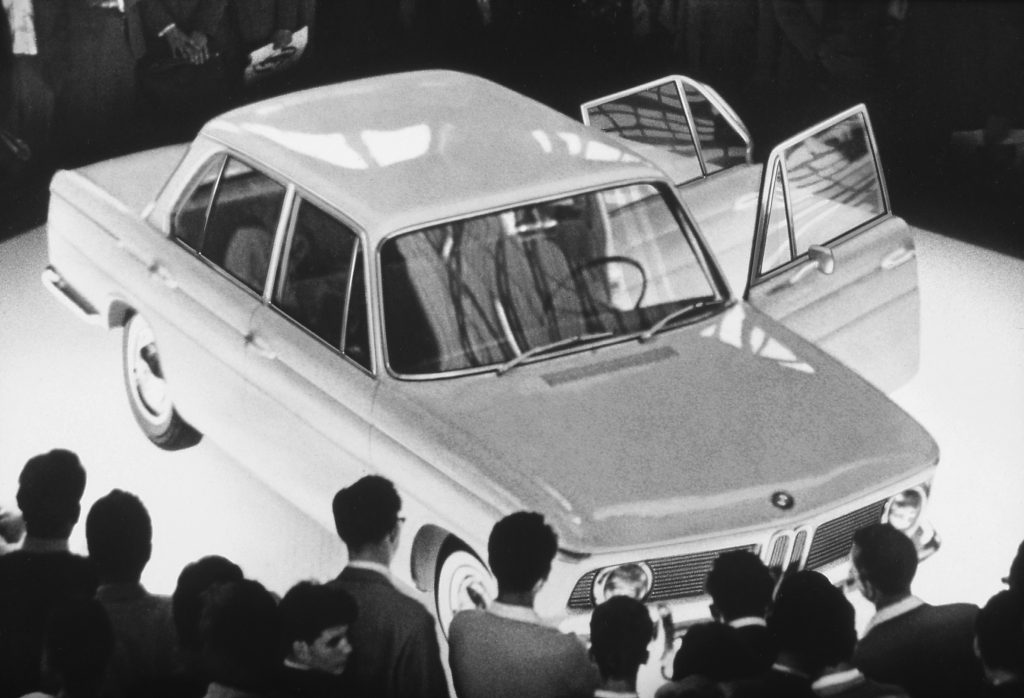
It took a while, though. While the first example of the Neue Klasse was exhibited to the public at the 1961 Frankfurt motor show as the 1500 saloon, it was another year before the car was in serious production.
It carried lots of promise, however, with the talents of Fritz Fiedler overseeing the project, Eberhard Wolff looking after the chassis, Wilhelm Hofmeister in charge of design and body engineering, and Alex von Falkenhausen looking after the engine and drivetrain. Von Falkenhausen based the new M10 engine on one of his earlier designs for a 1-litre unit, with a cast-iron block, an alloy cross-flow SOHC cylinder head, a 30-degree cant, and hemispherical combustion chambers using alloy rockers to operate the inclined valves. From the off, this engine was designed for more, being strong, with good geometry, bore spacing, and big water jackets. And more it gave, eventually, as it was bored out to 2 litres and made an honourable go of it in both Formula 2 and in Formula 1 during the turbo era.
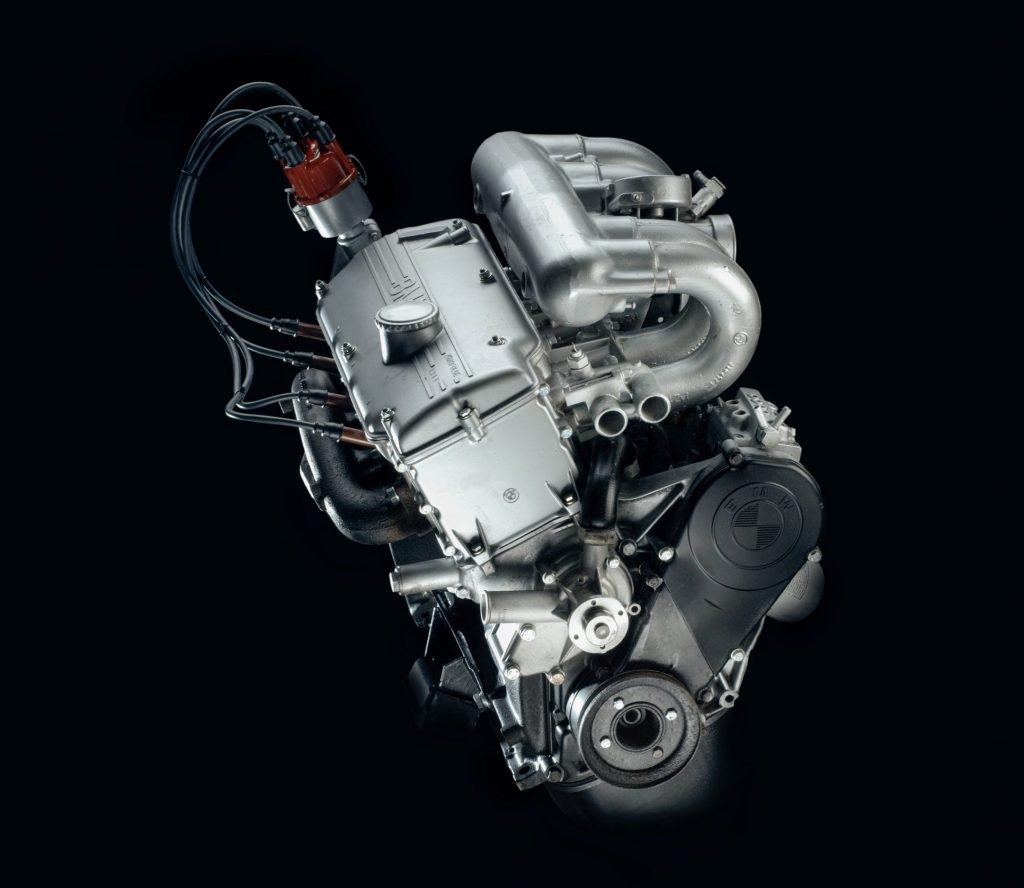
It was Hofmeister’s Neue Klasse style that caught the eye, however, because it moved BMW from previous baroque lines of cars such as the 502 to a sort of automotive Bauhaus, where less is more. With its big greenhouse of a cabin using thin, elegant pillars, the 1500 had distinction as well as outstanding visibility. Those discreet but noticeable kidney grilles also helped set the tone, and the 1500 perfectly captured the mood of postwar optimism with its own style in a profoundly modern way. It was different from not just previous BMWs, but from anything else being sold by competitors.
BMW was determined to market this car in America, where it would have no direct competition, and US importer Max Hoffman could see that this little pocket rocket was something he could shift in numbers to the young blades of the East and West Coasts. BMW’s production gurus had designed the Neue Klasse to be relatively simple and cheap to manufacture, despite its fine build quality and strong engineering. If the market wanted more, they could supply more. And by late 1963, BMW had launched the 90bhp 1800, with the short-stroke 83bhp 1600 soon following suit.
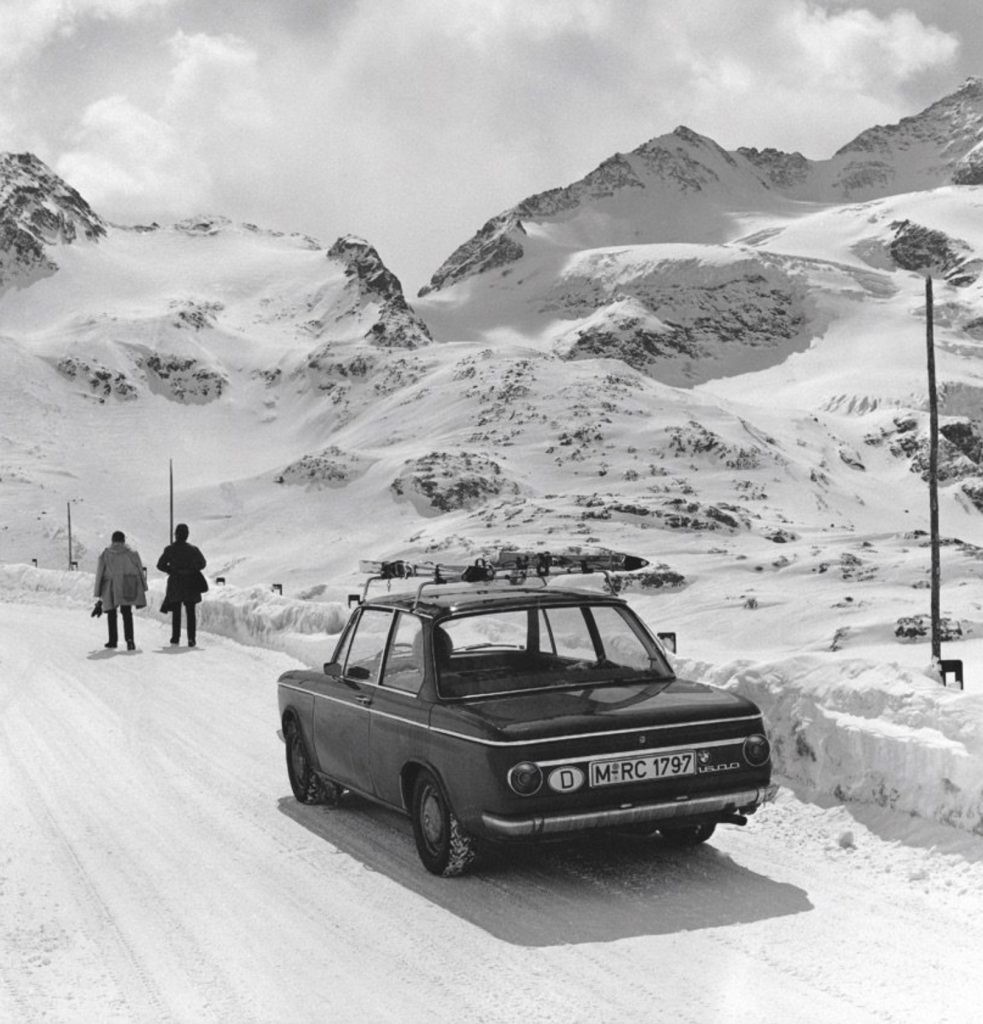
The 1600-2 arrived in 1966, with a 96bhp version of the M10 engine. Both Falkenhausen and Helmut Werner Bönsch, BMW’s director of product planning, had owned the 1602 model and had fitted the 2-litre version of the M10 into their cars. Hoffman, too, was making all the right noises about a still more powerful version of the Neue Klasse. Ken Gross reckons that Hoffman even threatened to commission a series of 2-litre cars from Schorsch Meier, BMW’s Munich distributor. The stars, it would seem, were aligned…
For the 2002, then, the 1991cc M10 unit from the 2000CS was the perfect fit. It was initially offered in carburetted form, which Car and Driver editor David E. Davis Jr. described thusly: “This little two-door sedan has all the cojones and brio and elan of cars twice its size and four times its price.” Meanwhile, Auto Bild, the influential German magazine, called the 2002 the Fluster Bombe (whispering bomb). Almost overnight, the car established BMW’s reputation in the US, not as a maker of fussy and expensive saloons and coupes, but as the purveyor of thrills to a young generation anxious to cut the ties with their parents and their style.
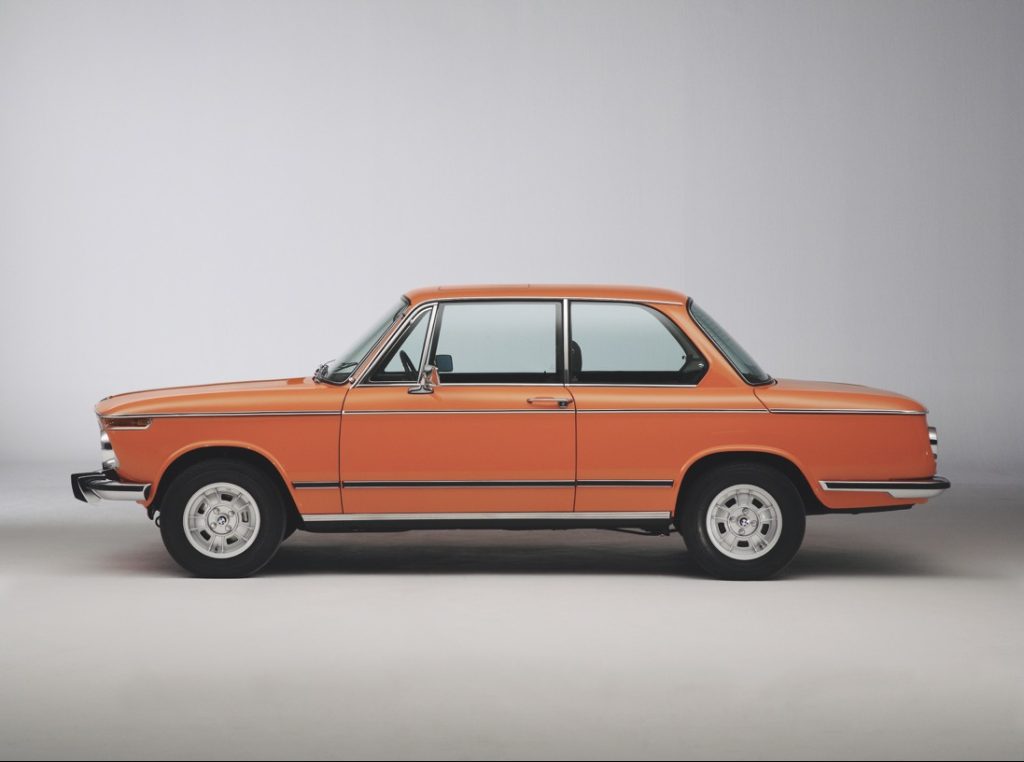
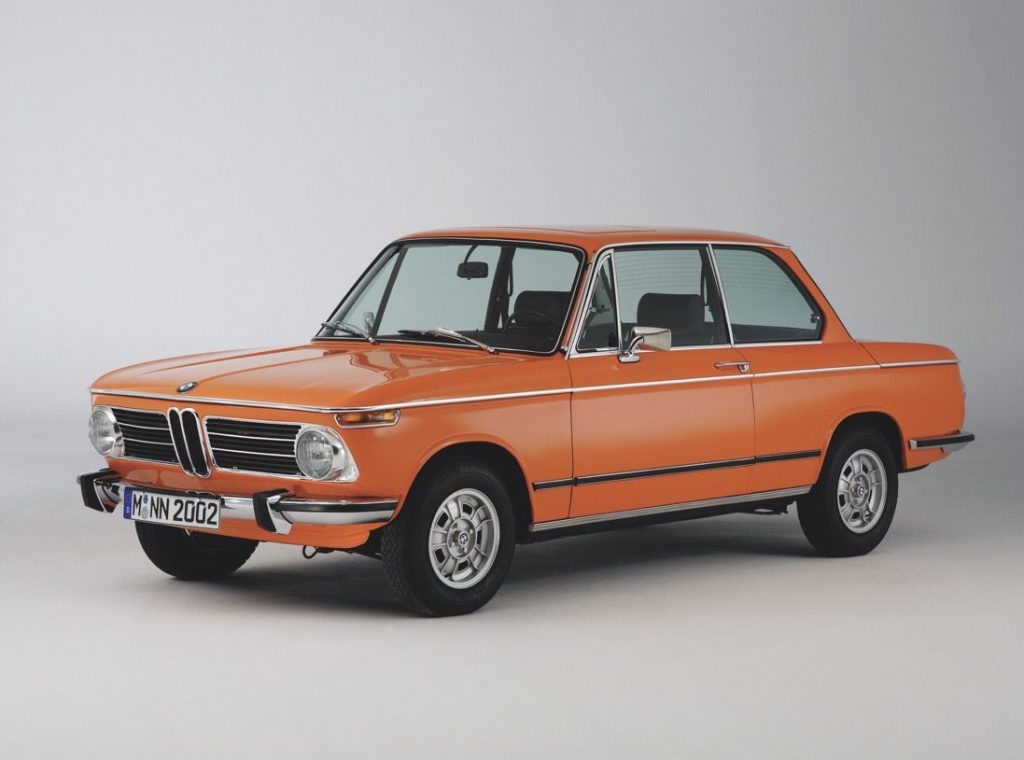
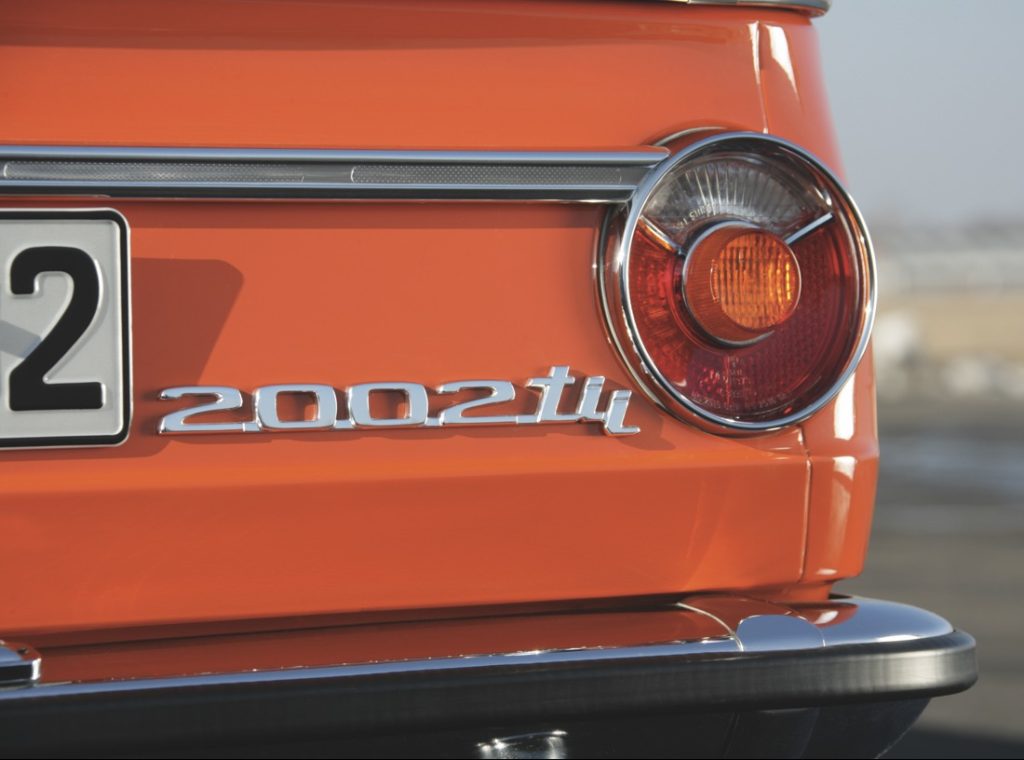
Motor magazine’s redoubtable test department got its hands on the £2299 Kugelfischer-injected 2002tii in 1972. The test began with the observation that in recent years, “modern suspension and engine developments have blurred the distinction between sports cars and saloons, many four-seat closed cars now being quicker round corners as well as on the straight.” You can see where they were going here.
And so it proved on the test track, with the 130bhp/131lb ft fuel-injected model shaving a second off the carburetted 2002’s 0–60mph time, from 9.2sec to 8.2sec. Top speed (largely a function of aerodynamics) was the same 113mph as the carbuetted car, though the injected test model was suffering some maladies. Fuel consumption was 24mpg.
As with most Neue Klasse tests, auto journalists loved the handling, the updated brakes, and the optional five-speed transmission. They weren’t alone in observing, however, that the high price didn’t buy much in the way of creature comforts and extra equipment.
Let’s leave the history lesson for a moment…
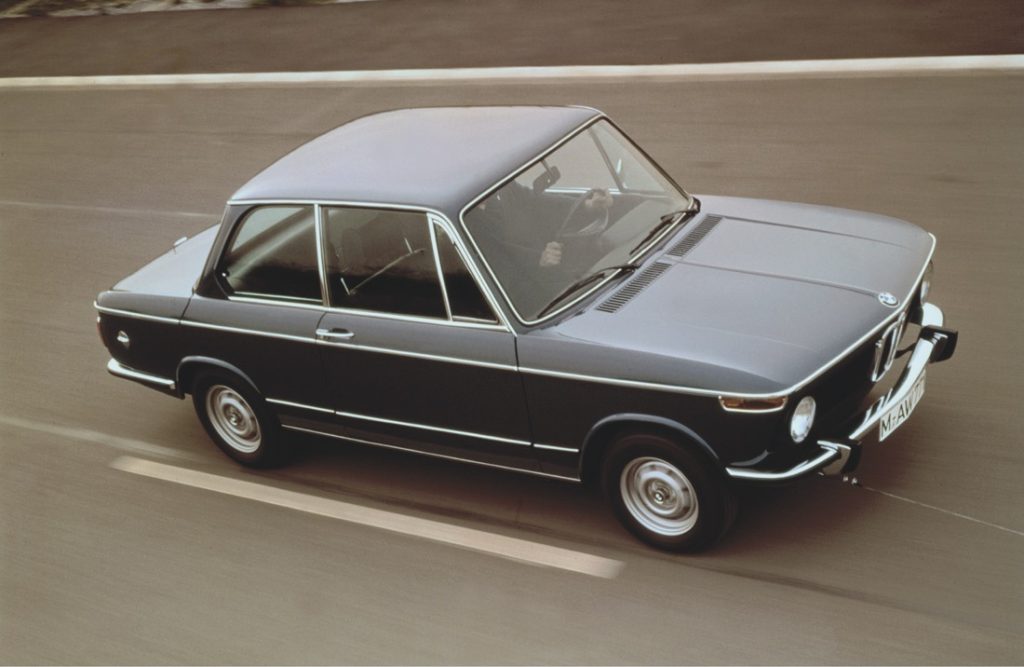
Go back 44 years and imagine such a car heading east on the open sweeping bends of A3052 and A35 as they hug the south coast of England. It’s 2am on a frosty December night and behind the curved windscreen two young subalterns’ faces glow with the luminescence of reflected headlamps and the instruments. Their little 4.23-metre saloon is gathering serious pace through the moonless night. Sidmouth, Seaton, Bridport, Dorchester, and Poole, outside the side windows, these ancient towns slumber, the rasp of the BMW’s exhaust barely stirs the chilly night as fog creeps into the valleys and flood plains.
Cherchez la femme? Of course it was. These two young infantry officers had crept out of camp, escaped basic training for a precious weekend with their sweethearts. Their transport of delight and desire? A 2002tii. Young hearts run free? They certainly do if you’ve got the keys to this Munich masterpiece in your lovat green trouser pockets. After four and a half hours of fast driving, the buzz as we arrived in Brighton gave us flushed faces and a need for breakfast.
I was one of those young officers, and I owe that old 2002 a big debt of gratitude. Without it, I would never have met the future Mrs English, though what she made of me at an art school party in the middle of the early Eighties New Romantic period I can only guess.
Sparing my blushes, I can still recall the Beemer’s big gear knob shaped like the cork of a huge port bottle, the slightly over-centre clutch feel, the eager revving of the 2-litre four and the faithful handling as we swept through roundabouts and tight curves.
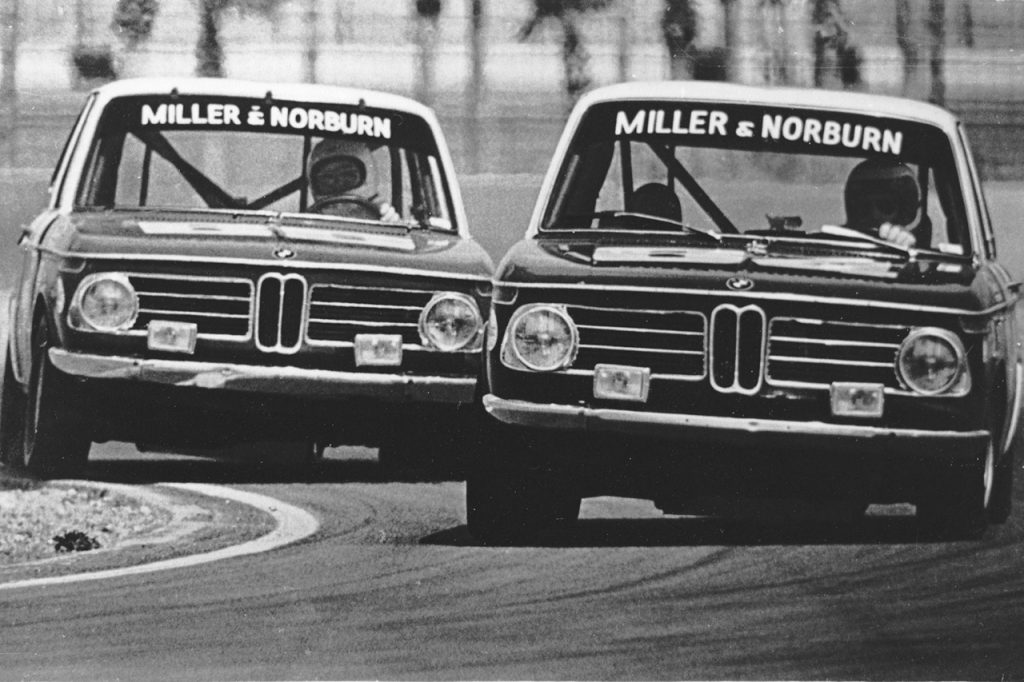
In later years, BMW’s shiny-suited marketers would cast a slur upon the 2002’s road holding as the company introduced the first 3 Series, then the Z axle, but as much-lauded journalist and serious racer Tony Dron once observed of the 2002: “This was a serious car developed by driving enthusiasts for driving enthusiasts.” Nuff said.
These days BMW is trying to recapture the magic with its second-generation Neue Klasse, which it endlessly teases at motor shows. It claims this new battery-electric architecture will go on sale in 2025, and the latest iteration of the design was shown at the Munich Mobility Show last September. It was accompanied by the latest in electronic software, and what’s known in the industry as ‘circular manufacturing,’ where materials have second or even third lives.
It isn’t just the raw steel and seat fabrics that are manufactured with recycled material in an endless circular process these days. Wilhelm Hofmeister will have been looking down with a smile on his face at the retro design of the new Neue Klasse, which in places looks less like circularity and more like plagiarism.
If you want an original, these old BMWs are tough, easy to keep, good to drive, and practical. The ravages of rust need to be watched out for, but a decent 2002tii can be yours with change from £30,000, and a carbureted 02 for half that.
I must admit I’m tempted if only to recapture a lost youth.


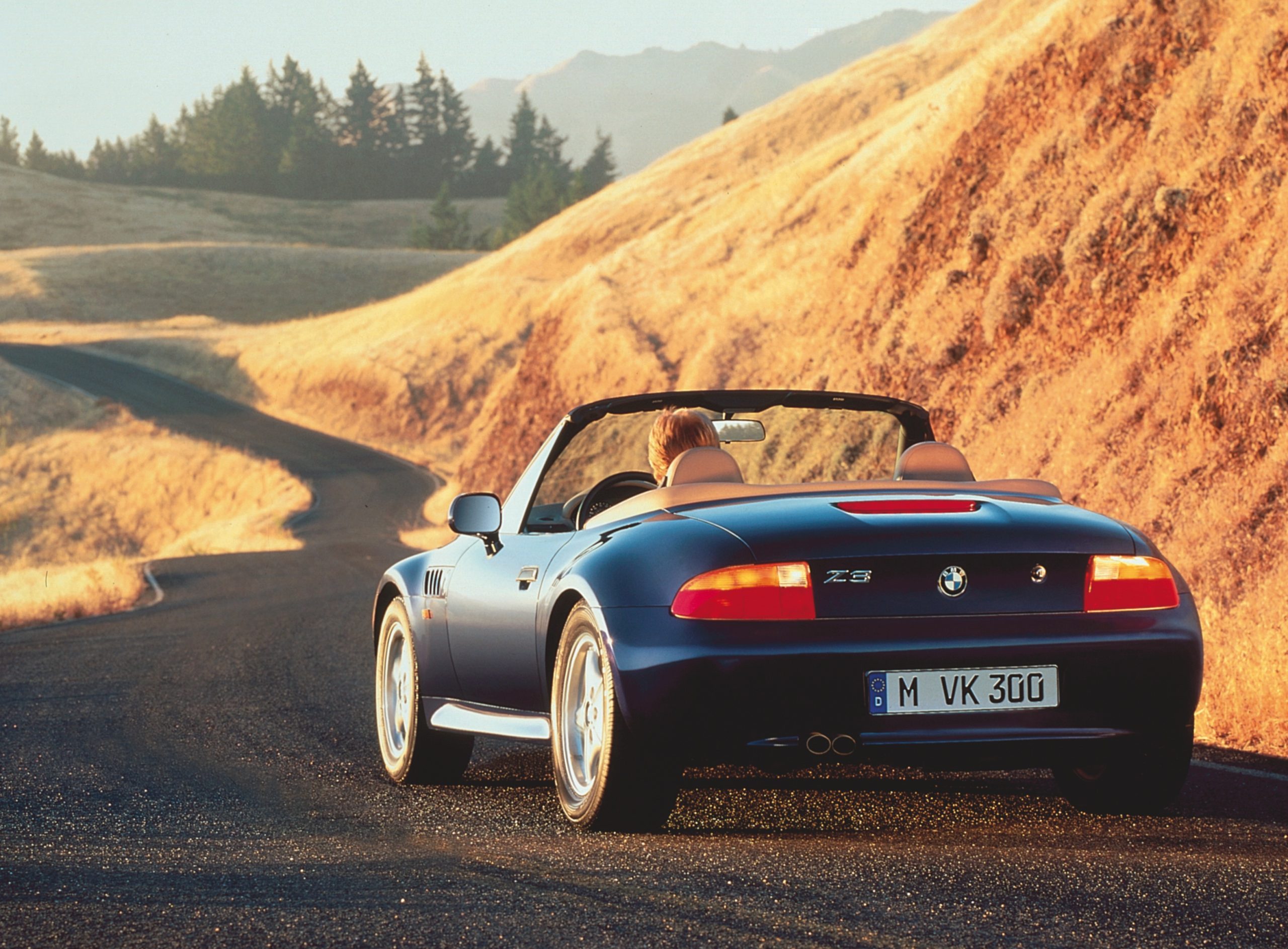
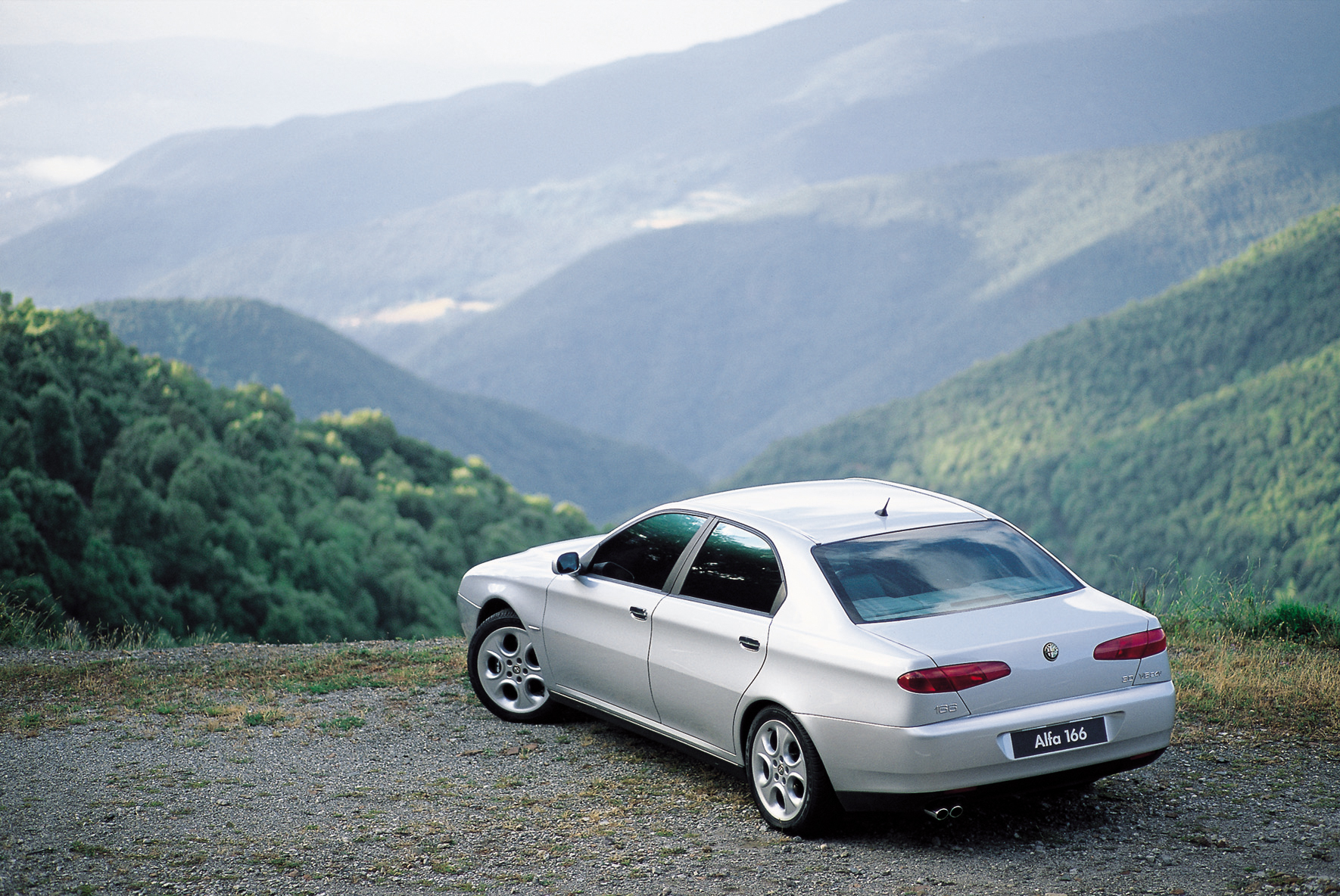






Fantastic feature! especially the description of the December drive . Simpler ( better) times.
The German approach, studious and regimental, has no charm. I’ll be slow in a Mk1 or a coke bottle Cortina, and watch these things thrash about from a distance.